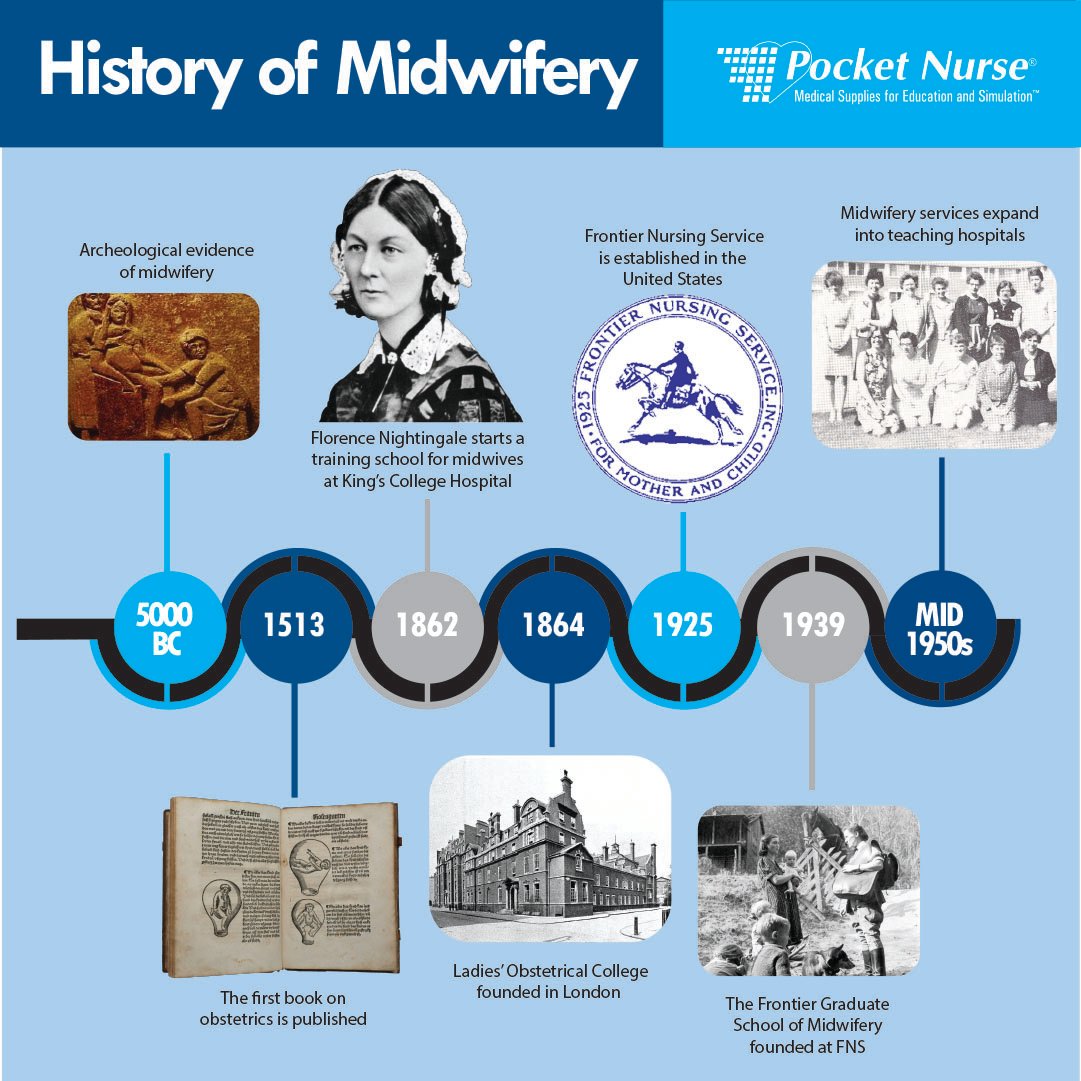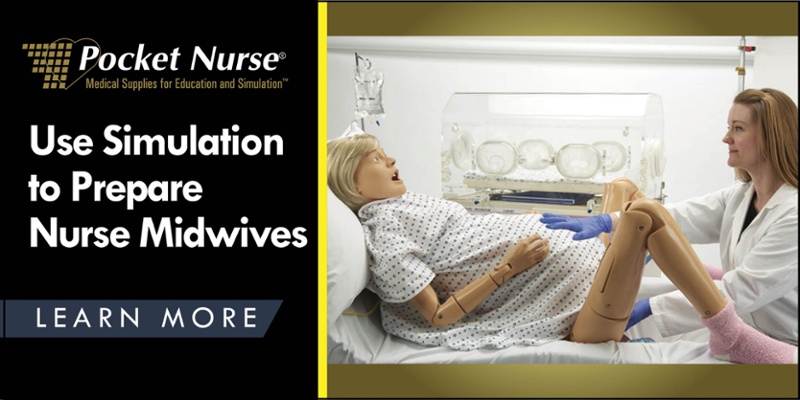
Midwives have been practicing as long as women have been having babies. The history of midwifery, obstetrics, and gynecology date back to earliest human times. However, midwifery practice didn’t appear officially in the United States until 1925, when Mary Breckinridge founded the Frontier Nursing Service.
Currently in the United States, there are a little over 11,400 Certified Nurse Midwives (CNMs). Approximately 10 percent of U.S. births are attended by CNMs. Midwifery practice took some time to gain traction in American medical practice, but it started finding its footing in the mid-1950s. At that time, midwives were formally invited to enter practice in inner-city teaching hospitals to assist obstetric doctors handle the post-World War II baby boom.
From that time until the present, midwives grew their practices and influences in hospitals as well as free-standing birthing centers. According to “The History of Midwifery” at Our Bodies, Ourselves, even as their numbers started small, midwives were making big changes in the science of labor and delivery. Some concepts they introduced include:
- Family-centered maternity care, which included inviting fathers into the birthing rooms and having newborns “room in” with their mothers until they were discharged to home
- Developing women-centered childbirth education
- Urging new mothers to attempt to establish a solid breastfeeding routine with their babies and teaching them how, instead of turning to formula first
As evidence of cost savings and improved outcomes began to surface, the role of nurse midwives became more accepted and even welcomed by educators, patients, and obstetricians and gynecologists. Today, certified nurse midwives are highly educated health professionals who provide holistic women’s health and maternity care.
Steps to Becoming a Certified Nurse Midwife
Certified Nurse Midwives do more than deliver babies; they are fully licensed practitioners in women’s health, including gynecological care, family planning, and prenatal healthcare. However, their primary responsibility is to assist in the process of labor and delivery.
CNMs need an advanced degree to practice. The educational path for CNMs is:
- Become a Registered Nurse (RN).
- Gain experience. Most CNM programs require at least one year of nursing experience; some programs may require more.
- Earn a degree in Nurse-Midwifery, at the Master’s or Doctoral level.
- Become a Certified Nurse Midwife. Certification is offered by the American Midwifery Certification Board through a national qualifying exam. A certification in nurse midwifery is valid in all 50 states and the District of Columbia, and all U.S. territories.
Why Become a CNM
More women and families are seeking the care of CNMs. The employment of nurse midwives is expected to grow 26 percent from 2018 to 2028. Midwife-led deliveries are:
- Lower tech and less invasive
- Less inclined toward medical intervention without a clear medical need
- Less likely to end in C-sections when midwives work in collaboration with physicians
For comprehensive information about becoming a CNM, see the Career Guide Series at Nurse.org, which includes information regarding schools, salaries, work experience, and other information.
History of Midwifery
- 5000 BC: Archeological evidence of midwifery
- 1513: The first book on obstetrics is published
- 1862: Florence Nightingale starts a training school for midwives at King’s College Hospital
- 1864: Ladies’ Obstetrical College founded in London
- 1925: Frontier Nursing Service is established in the United States
- 1939: The Frontier Graduate School of Midwifery founded at FNS
- Mid-1950s: Midwifery services expand into teaching hospitals
Infographic and article sources:
https://www.slideshare.net/pavithrapurushothamans/history-of-midwifery
https://www.registerednursing.org/answers/history-midwifery/
https://www.ourbodiesourselves.org/book-excerpts/health-article/history-of-midwifery/







